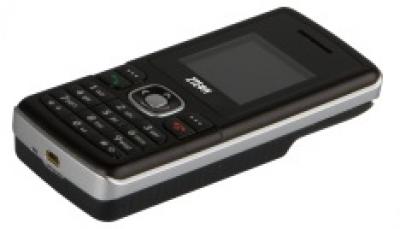Mobile Operators Spy Profits From Solar Charging

Solar charging technology can make mobile phones a more practical option in rural areas and developing countries – and boost revenues in the process
Technologies such as solar, that can charge mobile devices “off-the-grid”, could help boost service provider revenues by around 10 to 14 percent per user which could add up to around $2.3bn (£1.4bn), according to a report released this week, Charging Choices, from the mobile operator organisation GSMA.
“We are extremely excited that operators are able to provide people in off-grid areas with solutions to power mobile phones, as this will not only improve quality of life and access to information but can also act as a unique and significant opportunity to fuel economic growth,” said David Taverner, GPM programme manager, GSMA. “The figures we used to calculate the market size of off-grid charging solutions were on the conservative side, so the actual benefit to mobile operators could in fact be much greater than the US$2.3 billion we are estimating.”
The report also pointed to the importance of solar charging for handset and base station infrastructure in helping developing countries to develop and tackle the so-called digital divide.
“Providing people in off-grid areas with the means to power their mobile phone is one of the last hurdles to bringing mobile services to the emerging markets,” says Paul Naastepad, chief executive of mobile solar speciliast Intivation. “We have been involved in this area for several years and with interest gathering momentum, now is the time to give the concept a push so that it can reach its full potential: providing cheap and ubiquitous power to millions of mobile users in emerging markets.”
According to the GSMA report, around 60 percent of mobile operators are considering options to help customers and would-be customers charge phones without access to mains electricity. The report referred to operators such as Digicel and Safaricom which have already begun developing ways to help mobile customers charge phones.
“Mobile networks are increasingly being deployed in rural areas of emerging markets, where consumer access to the grid is at best limited and unreliable and in many cases non-existent,” said Windsor Holden, principal analyst, Juniper Research. “As Juniper Research has observed, usage will in large be dependent on consumers being able to charge the handset through alternative methods, and solar-powered chargers in particular could become a key means of facilitating reliable access to mobile services in these markets.”
In June, handset maker ZTE launched a low-cost solar phone which can be used without any mains electricity at all, thanks to a claimed solar cell breakthrough which could power other devices. The Coral-200-Solar has a single solar panel on a specially-designed back, but is otherwise a customised version of ZTE’s Coral 200, a leading ultra-low-cost phone designed for emerging markets.
Samsung announced a “Blue Earth” touchscreen phone, and has delivered a $60 dual-charging Solar Guru E1107 phone in India, which claims to provide five to ten minutes talk time from one hour in the sun.
Earlier this month, the UK Ministry of Defence announced details of a campaign to provide the solar powered technology to troops in Afghanistan’s Forward Operating Bases thanks to sponsorship from Littlewoods and Woolworths.co.uk.